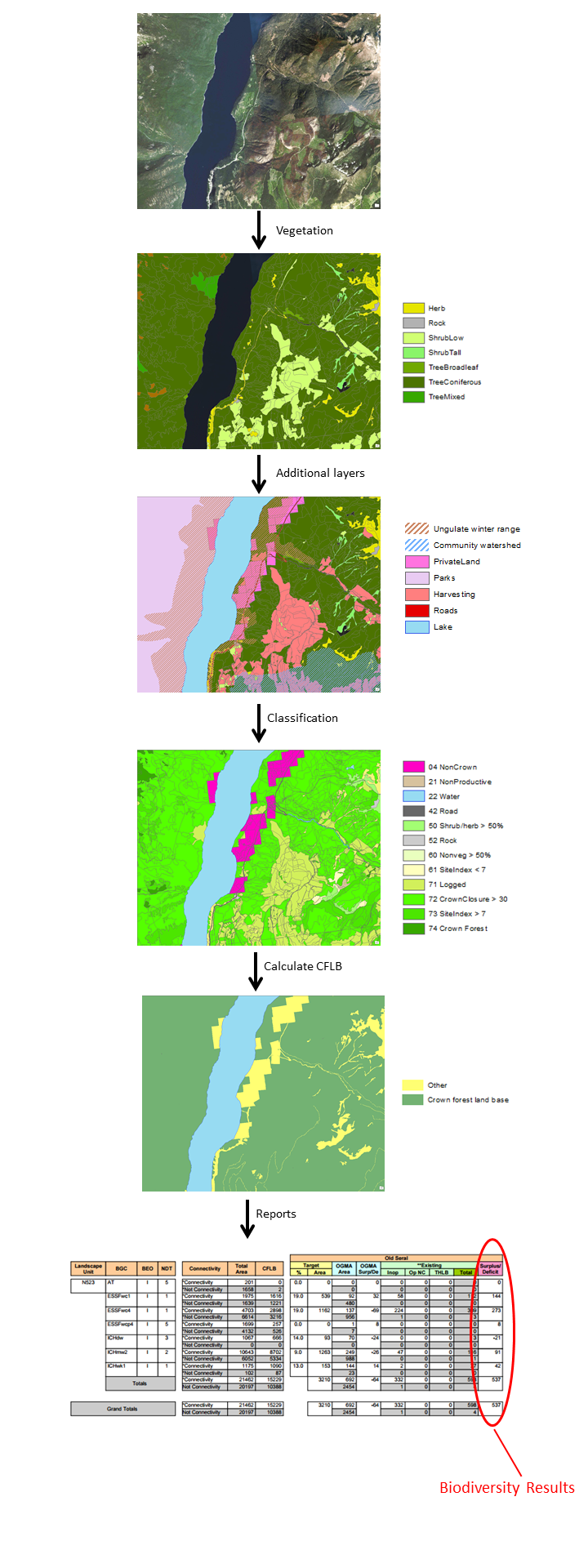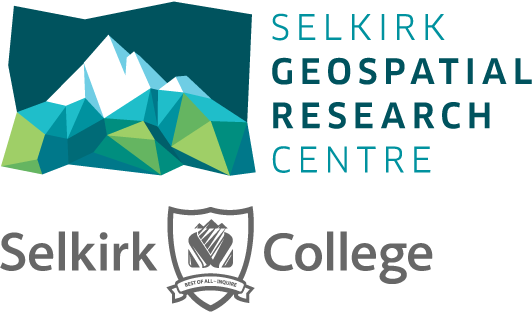HLPO Reporting Suite
SGRC Lead Researcher: Ian Parfitt
SGRC Researcher: Ian Dennis
Collaborating Agencies: Government of British Columbia
Funders: Regional Stakeholders
The HLPO reporting suite is a tool used by the forestry industry to determine what effect a proposed harvesting would have on ministry targets for biodiversity and ungulate habitat. This work initially began at the ministry of forestry but has been passed on to the SGRC for hosting and development.
Ministry targets set a specified percentage of forest that must be preserved either as old growth or within the ungulate winter range area. This percentage is calculated against the total available crown forest. The mechanics of the HLPO suite is to produce a categorization of the landscape such that all the private or nonproductive land is excluded and only productive crown land remains, from this the percentage targets can be calculated.
The base data is often changing with updates to the vegetation classification (VRI) being released each year as well as harvesting reporting. The SGRC developed a script that automatically processes all the required input layers of information to produce a ‘resultant’ layer from which the targets can be determined
The data in the resultant is used to determine the amount of existing old growth or suitable ungulate habitat forest and compare against the target for that forest type and report the surplus or deficit for each forest landscape unit, this information can be used to guide further harvesting in the area.
The schematic below provides some insight into the layer processing developed by the script in the automation of the production of the resultant

